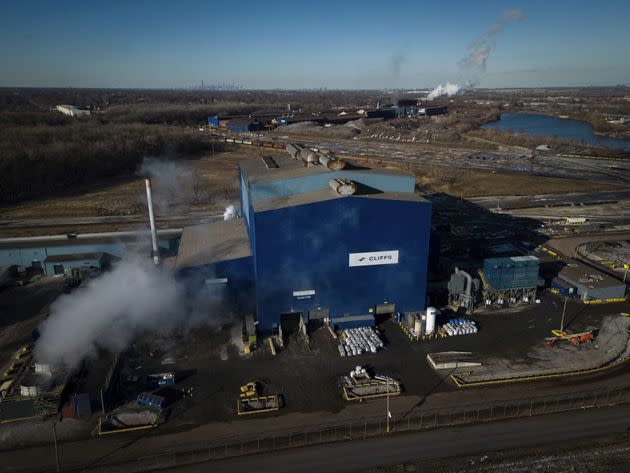The Joe Biden administration has announced that it will commit a record $6bn fund to decarbonize US industry facilities including plants that make cement and concrete, iron and steel, and food production plants including ones which make mac and cheese, and ice cream.
According to available data, the industrial sector is responsible for roughly 25% of all the nation’s emissions, and has proven difficult to decarbonize due to its energy-intense, large-scale operations.
Recipients of the funding, which is said to be coming from the Inflation Reduction Act and the Bipartisan Infrastructure Law, include 33 demonstration projects in more than 20 states. The initiative involves iron, steel, aluminum, food and beverage, concrete and cement facilities.
“I think the United States can be a leader here,” said Mike Ireland, president and CEO of the Portland Cement Association, a non-profit that promotes cement and concrete.
Ireland said that the innovative cement and concrete technologies being scaled in the US can be adopted by developing countries in the Global South to build highways and buildings in a more sustainable way.
There are not many US plants that manufacture virgin steel, and even fewer make virgin aluminum, so tackling emissions at even just a few facilities could make an outsized contribution to reducing the country’s carbon footprint, said Todd Tucker at the Roosevelt Institute, the nonprofit partner of the Franklin D Roosevelt Presidential Library and Museum.
Once the methods for decarbonizing are proven, the technology could be exported globally for a more dynamic climate benefit, added Tucker, the thinktank’s director of industrial policy and trade.
Decarbonizing the electricity and transportation sectors has been at the center of the climate conversation and there are generous federal subsidizes for the solutions, mainly using renewable energy for power generation and adopting electric vehicles, Tucker said.
But he noted it’s harder to cut emissions in heavy industries that rely on fossil fuels for creating the high heat and chemical reactions needed for their operations.
Story was adapted from the Guardian.
